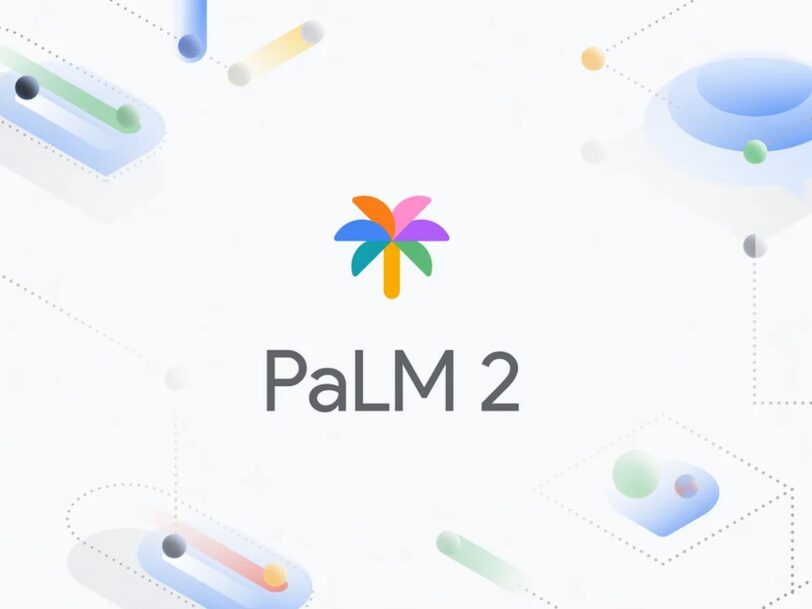What is PaLM 2?

With ChatGPT, OpenAI challenged all companies researching artificial intelligence to make their models known. Most of these studies have always been conducted in confidential and controlled settings. However, ChatGPT has mandated the release of these AIs for everyone to try. Therefore, the public announcement of PaLM 2 was due to this.
PaLM 2 is the second version of PaLM, the artificial intelligence language model created by Google. More precisely, by the Google AI division. Research from this artificial intelligence trained in small versions and practically covert has been published on medicine, robotics and other scientific and technical disciplines.
The importance of PaLM 2, as well as the improvement over the previous version, will be behind the chatbot Bard, which Google has made available to the public in the United States and other countries, with which users can interact. And while it is not yet available in Europe, it will have a before and after in the war waged by different AI developers.
What is PaLM 2?
PaLM stands for Pathways Language Model. It is a transformer-based language model with 540,000 million parameters. The model, powered by Google AI, can be used in its entirety or trained on smaller versions of 8 to 62 billion parameters.
The first major release of PaLM was announced in April 2022, and a public API was released in March of this year for researchers around the world to test. And in May of the same year, its update, PaLM 2, was announced.
Among its improvements is that it is faster, more efficient, and can be used in four different sizes, namely Gecko, Otter, Bison and Unicorn. The simplest version, Gecko, can run on mobile devices. Even without a data connection.
What’s new in PaLM 2
There are three main novelties in PaLM 2. The first is that it has learned languages. It is multilingual. This means that it supports over a hundred languages and can answer questions in those languages and process content. “PaLM 2 even passes advanced language proficiency tests with full marks.”
Second novelty. Reasoning. “Possesses a greater capacity for logical reasoning, common sense, and mathematical reasoning.” And as a third novelty, “it has command of widely used programming languages, such as Python and JavaScript, although it can also generate specialized code in other languages such as Prolog, Fortran and Verilog”.
It is clear that all these technical capabilities make PaLM 2 a strong candidate for Google to improve its products and services. Adding artificial intelligence imperceptibly by the user. A way to enhance your online ecosystem for domestic users but also for companies, public bodies or educational and research entities.
The future and uses of PaLM 2
Following the trend started by OpenAI with its ChatGPT, and which Microsoft has integrated into its Bing search engine, its office tool Office and its Windows 11 operating system, Google will integrate PaLM 2 into its products and functions.
In Workspace, the business version of Google tools, PaLM 2 will help you compose text in Gmail and Google Docs and organize information and data in Google Sheets.
Also, PaLM 2 will run Bard. It is about Google’s automated chat and that allows you to ask questions, requests of all kinds and receive precise, organized and prepared answers with a close and practically human language. And on the other hand, PaLM 2 will have two versions specialized in medical and security issues, Med-PaLM 2 and Sec-PaLM. However, these last two points are focused on both professional fields, out of the reach of the ordinary user.
The integration of PaLM 2 in Bard and Workspaces means having an intelligent assistant. Assistant that is capable of providing information but also of performing tasks such as writing and sending emails, writing documents, summarizing texts or processing large amounts of data to make them more digestible for a person. All this thanks to the fact that he learns from what we ask of him and from the content that we provide him or that he himself accesses on his own.
If search engines have changed the way we search the Internet, artificial intelligence models like PaLM 2 will change the way we work or perform certain tasks in our daily lives. Big changes that we will only see when we all have access to these AIs.